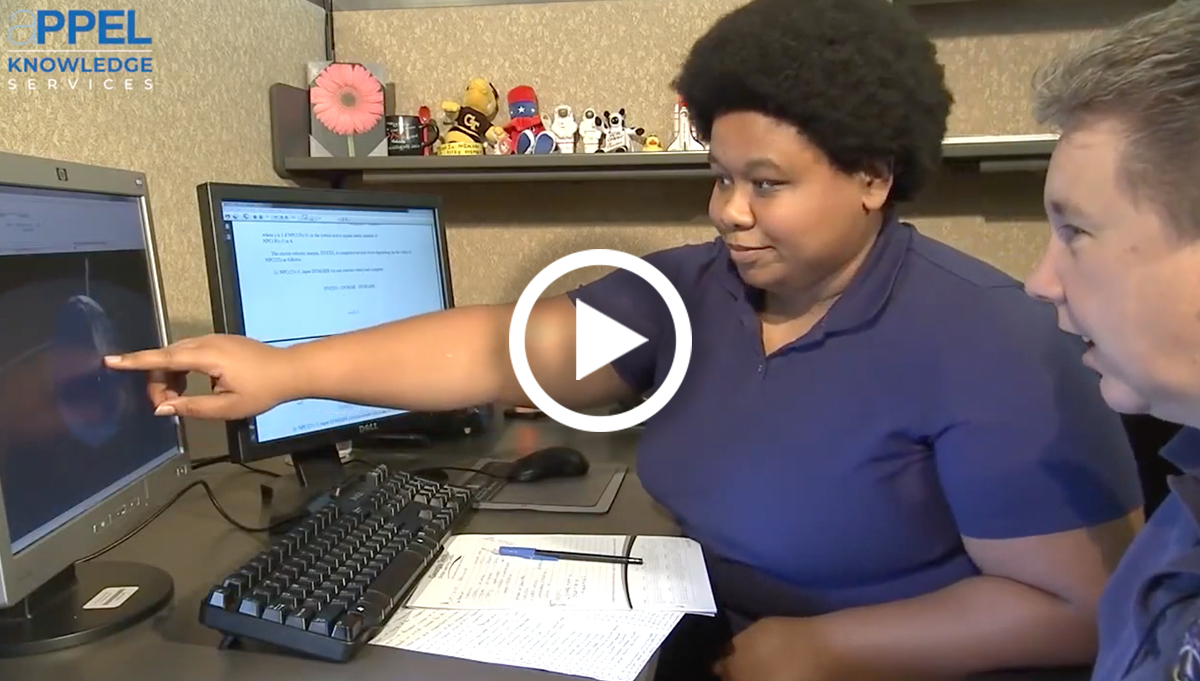An engineer’s awareness of cognitive bias might help to prevent predictable errors in the engineering process.
Matt Kohut is the managing partner at KNP communications and instructor of the APPEL Knowledge Services course “Cognitive Bias in Engineering Decision-Making.” In this video clip, Kohut defines cognitive bias, discusses some of the various types of bias that can lead to decision-making errors, and provides several tips to overcome cognitive bias.
Video key learning points:
- 1.
Everyone is susceptible to cognitive bias and the issues it causes.
- 2.
Cognitive bias shows up in engineering decisions such as loss aversion. People don’t want to take a loss, so they keep trying to succeed with projects that are going to fail.
- 3.
Optimism bias is the preference of thinking that things are going to work out for the best. People are susceptible to this when they are scoping a project and estimating time and cost. They tend to estimate with an optimistic view.
- 4.
Anchoring bias is trying to stay with an original data point and such as an original cost estimate. That original estimate might have been made without enough data to be accurate but that estimate will continue to be part of the project even after better estimates are determined.
- 5.
Confidence level estimates are now used to show the project teams’ certainty about overall cost for a project.
- 6.
There are methods you can try to combat cognitive biases. To prevent groupthink bias you need to be aware of your bias and seek opinions from outside your project team to get another perspective. Offer communication channels for people on your team to offer dissenting opinions that might not match the rest of the group’s ideas on a project decision.
- 7.
Pre-mortems give teams an opportunity to examine groupthink. This exercise asks project teams to think about how a project might fail and invites people with pessimistic views about a project to speak up about their concerns and issues.
- 8.
Individuals can fight against cognitive bias by understanding their own personal biases and tendencies.
- 9.
People make decisions quickly and out of habit as opposed to always using a rational decision-making process. When you are under stress such as time constraints, you constrict your cognitive bandwidth and make more mistakes with your decisions.
- 10.
Try keeping a journal or scorecard that tracks your decisions and how successful they were. Be honest and open about the success of your decisions to use this method most effectively.
Related Resources
NASA APPEL KS Cognitive Bias in Engineering Decision Making Course
NASA APPEL KS PgM Series: Program Decision Making
NASA APPEL KS Complex Decision Making in Project Management
Small Steps, Giant Leaps Podcast: Decision Velocity









